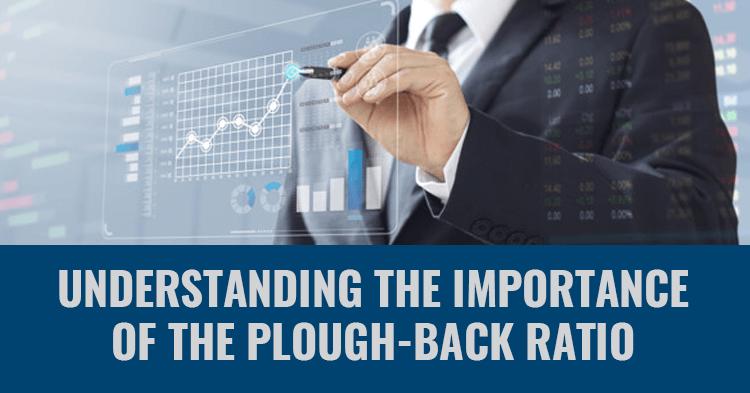
Ploughing back profits is the exact opposite of paying out dividends. When a company makes net profits, a portion of the net profits are paid out to the shareholders in the form of
dividends. After the dividends are paid, the residual profits are transferred to the reserves and surplus in the balance sheet of the company and the equity of the company goes up proportionately. Such free reserves can be used at a future date to reward shareholders
with bonus shares, which is a common practice. If the dividend ratio is 20% of net profits then the plough-back ratio will logically be 80%. Of course, if there are preference shares
dividend to be paid then the plough back will be lower. But for the sake of simplicity let us assume that there are no preference shares.
| Alpha Ltd | Amount | Beta Ltd | Amount |
|---|---|---|---|
| Total Equity | Rs.10,00,00,000 | Total Equity | Rs.10,00,00,000 |
| Net Profits 2017-18 | Rs.3,30,00,000 | Net Profits 2017-18 | Rs.3,30,00,000 |
| Dividend Paid | Rs.66,00,000 | Dividend Paid | Rs.33,00,000 |
| Dividend Ratio | 20% | Dividend Ratio | 10% |
| Plough back ratio | 80% | Plough back ratio | 90% |
| Market Capitalization | Rs.52.80 crore | Market Capitalization | Rs.85.80 crore |
| P/E ratio | 16X | P/E ratio | 26X |
In the above instance, there are two companies with the same equity base and the same net
profit earned in the last financial year 2017-18. That means both the companies also have
the same return on equity (ROE)
ROE = Net Profit / Total Equity
ROE of Alpha = 3.30 crore / 10 crore = 33%
ROE of Beta = 3.30 crore / 10 crore = 33%
While both the companies have the same ROE and similar net profits, they differ in the way they pay out dividends. For example, Alpha pays out 20% of its profits as dividends and
ploughs back 80% of profits. On the other hand, Beta pays out just 10% of its profits as dividends and ploughs back 90% of its profits into its reserves. What is really significant is that Alpha quotes at a P/E ratio of 16X while Beta quotes at a P/E Ratio of 26X. Why this vast
difference in the P/E? The answer is the management strategy of Beta to retain more profits within the company than paying out to shareholders. But that sounds counter intuitive right? Typically, when you pay higher dividends, investors should be happy and give you higher valuation. Then why is it that the company that is ploughing back more profits rather
than paying to shareholders is getting better valuations. For that we need to understand why dividend paying companies normally get weaker valuations in the market?
Look at some of the best dividend yield companies in the market like IOC, HPCL, BPCL, NALCO etc. All these have attractive dividend yields but they still quote at single digit
valuations. There are 3 reasons for this phenomenon.
As can be seen, both the companies Alpha and Beta are having a healthy ROE of 33%. At that rate of ROE, investors would typically expect the companies to reinvest the profits in
the company and sustain the ROE on a higher net worth. By paying dividends the investor has only one question. Why should I take dividends when I cannot reinvest the money at the
rate of 33%? Instead, I would be a lot happier if the company reinvested a bigger chunk of profits back in the business considering that the ROE of the business is so attractive.
What Beta has done here is to deliberately focus on greater plough back of profits so as to create wealth for shareholders by applying its ROE on the ploughed back profits rather than
payout out as dividends. It is this confidence of Beta Ltd. that the market is rewarding in the form of higher P/E ratio. That is why ploughing back profits become so critical from the
shareholder wealth point of view.
Published on: Feb 8, 2019, 6:08 PM IST
We're Live on WhatsApp! Join our channel for market insights & updates